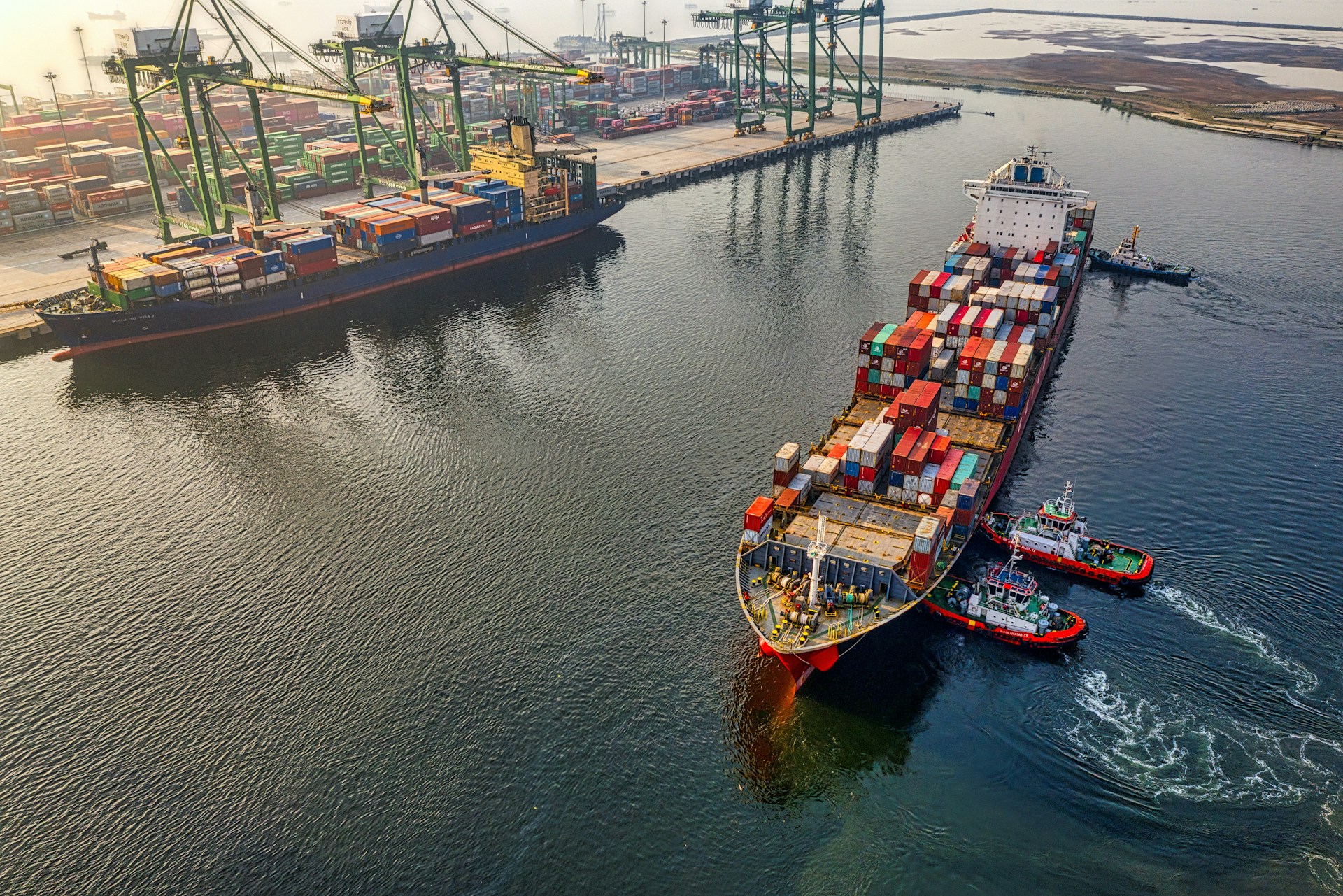This MSME Day, Tradewind Finance, a global trade finance provider, is celebrating the thousands of SME customers it has served over the years with reliable capital to grow and thrive.

Dubbed the “backbone” of economies, micro, small and medium-sized enterprises (MSMEs) make up 90% of businesses globally and account for over 70% of jobs worldwide, according to the United Nations website. They’re critical to achieving the United Nation’s 2030 Agenda for Sustainable Development Goals, including decent work for all.
By partnering with SMEs, Tradewind has also contributed to this set of SDGs. Apart from Decent Work and Economic Growth (SDG 8), Tradewind’s activities and their development effects in emerging markets have also made a positive impact on the following: Zero Hunger; Industry, innovation and infrastructure; and Partnership of the Goals.
Despite their critical role in the world, MSMEs, especially those in developing countries, still face challenges accessing the financing they need for day-to-day operations and successful growth.
As per the Asian Development Bank, there is an estimated $2.5 trillion trade finance gap, which signifies the difference between requests and approvals for financing to support imports and exports. This unmet demand denies businesses the working capital and trade support required to achieve their full potential. Tradewind is closing this gap by providing their customers with flexible, tailor-made financial solutions that deliver quick access to capital and reduce the risk of non-payment from buyers.
Most of Tradewind’s customers are small and medium-sized businesses. The firm’s funding is based on their customers’ buyers’ creditworthiness, rather the customer’s own financials, which they might still be developing and strengthening. The company’s flexible approach to financing enables SMEs to receive the funding they require and deserve.
Today, the team at Tradewind would like to take the opportunity to thank their SME customers spread in most of the markets across the globe. Through on-site visits to the facilities of their clients and close collaboration with them, the team recognizes the significance of the products and services made by small and mid-sized manufacturers, traders, exporters, importers, processes and others that have changed and shaped the world.
To know more about how Tradewind has partnered with SMEs worldwide to help optimize their cash flow reduce their trade risk, read the company’s mission: https://tradewindfinance.com.cn/our-mission。
About Tradewind Finance
Founded in 2000, Tradewind Finance maintains a network of offices all over the world, including Bangladesh, Brazil, Bulgaria, China, Hong Kong SAR, Hungary, India, Pakistan, Peru, Turkey, UAE, and the USA as well as the headquarters in Germany. Combining financing, credit protection, and collections into a single suite of trade finance products, Tradewind brings streamlined, flexible, and best-in-class services to the world’s exporters and importers.
Founded in 2000, Tradewind Finance maintains a network of offices all over the world, including Bangladesh, Brazil, Bulgaria, China, Hong Kong SAR, Hungary, India, Pakistan, Peru, Turkey, UAE, and the USA as well as the headquarters in Germany. Combining financing, credit protection, and collections into a single package of trade finance products, Tradewind brings streamlined, flexible, and best-in-class services to the world’s exporters and importers.
Resources:
https://www.un.org/en/observances/micro-small-medium-businesses-day
https://www.adb.org/news/global-trade-finance-gap-expands-25-trillion-2022



